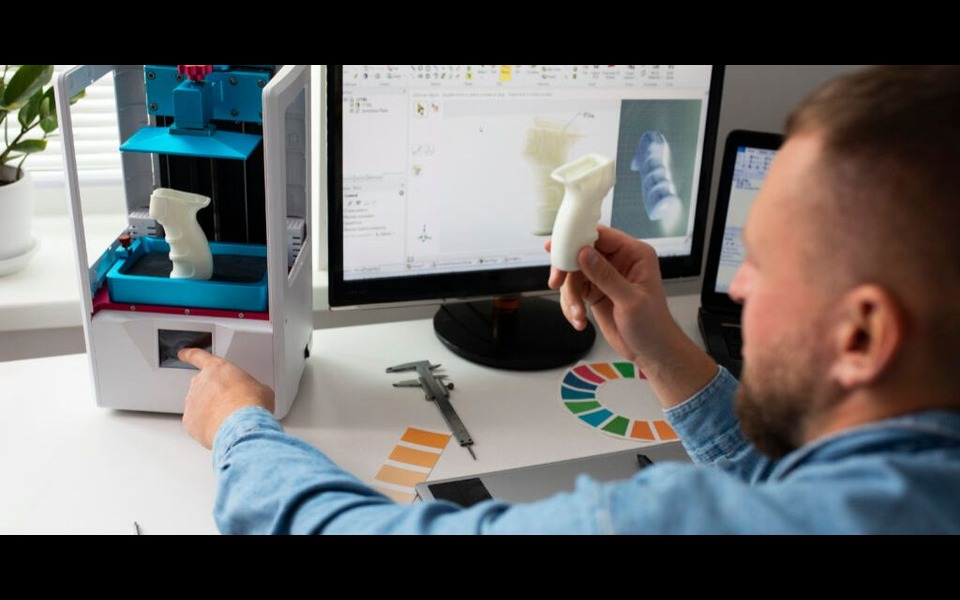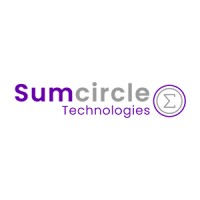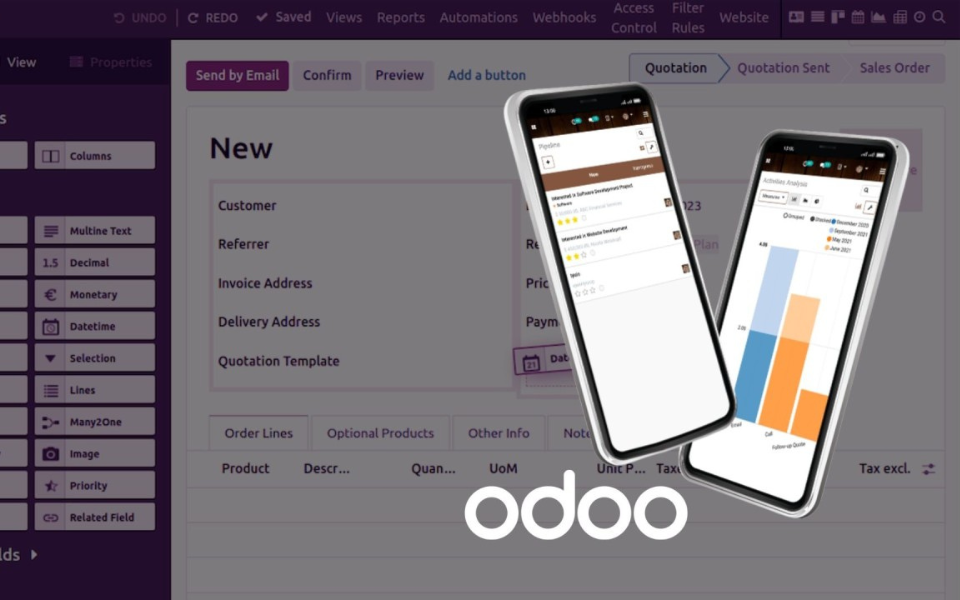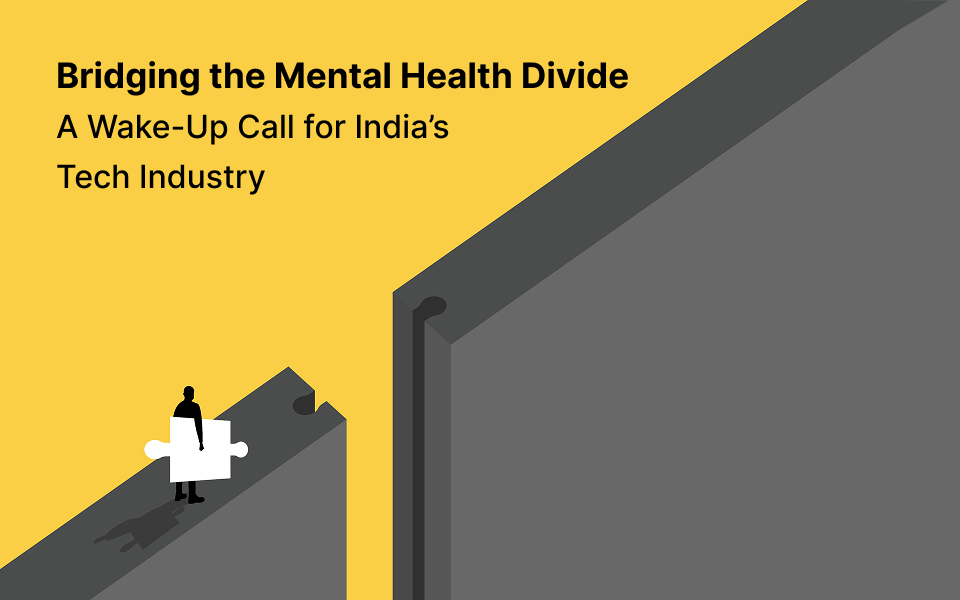“Health care is different, the data here is emotional! If you tell me you were buying a fishing rod online and were emotional about it, I’d say you are lying. But I do frequently see people helpless and confused when it comes to receiving health care, managing its costs, making sense of its data.” — said a senior product leader in my company, and I couldn’t agree more. Yes, health care is different, and so is product management in it. This piece highlights the top 4 product management trends that are specific to health care and serve beyond being just a list of technologies making their way into health care.

Health care consumerism
Lance broke his ankle in a bicycle accident and is now in hospital waiting for surgery. Which of these words would describe him more aptly— a ‘patient’ or a ‘health care consumer’? The fact that Lance holds a high-deductible health plan, manages an interactive relationship with his primary doctor, keenly monitors his fitness through his smartwatch, and learns about healthier diet plans and recipes online — I can say he isn’t just receiving health care, but making active choices on how to pay for and manage his health. This choice and responsibility that people demand, is ‘health care consumerism’. This trend has been growing since 2015 when value-based care started picking up in the US.
What does this imply for products/PMs? These are challenging and exciting times to be a product manager (PM) in health tech. This is because people are now demanding an experience equivalent to what they’re used to from other products in their lives, such as e-commerce, streaming platforms, and digital payments, to name a few. Any consumer-facing product (a mobile app, a web-based patient portal, a tech-enabled service) needs to meet high expectations. Flexible employer-sponsored health plans options, health reimbursement arrangements, price transparency products for drugs and medical expenses, remote health care services, and government's push to strengthen data and privacy rights — all point to opportunities for building innovative products with ‘health care consumerism’ as a key product philosophy.
Wellness
COVID-19 has tested health care systems to their limits. In most countries, these systems failed disastrously in providing adequate, timely medical assistance to many infected people. Prevention is of course better than cure, but people were now forced to learn it the hard way when cure became both inaccessible and uncertain. With lockdowns and social isolation, prevention, fitness, diet, and mental wellbeing all took center stage.
Wellness means taking a ‘whole-person approach’ to health care — one where people recognize the need to improve and sustain health, not only when they are unwell, but also when they’re making health care decisions that concern their long-term physical and mental health. A McKinsey study notes that consumers look at wellness from 6 dimensions beyond sick-care— health, fitness, nutrition, appearance, sleep, and mindfulness. Most countries in the study show that wellness has gained priority by at least 35% in the last 2–3 years. And wellness services like nutritionists, care managers, fitness training, psychotherapy consultants contribute 30% of the overall wellness spend.
So, what do health-tech PMs need to remember about wellness? The first principle is, “Move to care out of the hospital, and into people’s homes”. A patient discharged after knee surgery has high chance of getting readmitted if he/she has high risk of falling in his/her house, or is unable to afford post-discharge at-home care with a physiotherapist. This leads us PMs to build products that recognize every person’s social determinants of health and create support systems that consider care at the hospital and care at home as a continuum.
The second principle is, “Don’t be limited by a narrow view of ‘what business we are in’, as wellness is broad, and as a health tech company, we are in health-care, not sick-care”. Wellness products and services include — fitness and nutrition apps, medical devices, telemedicine, sleep trackers, wellness-oriented apparel, beauty products, and meditation-oriented offerings, to name just a few. Recent regulations in many countries require health care providers to treat behavioural health services at par with treating for physical conditions, and this is just a start.
Equitable AI
Last month, WHO released a report titled “Ethics and Governance of Artificial Intelligence for Health”. The report cautions researchers and health tech companies to never design AI algorithms with a single population in mind. One example I read was, “AI systems that are primarily trained on data collected from patients in high-income settings will not perform as effectively for individuals in low or middle-income communities.” During COVID-19, we came across countless studies that talked about the disproportionate impact on minorities in terms of infections, hospitalizations, and mortality. A student at MIT discovered that a popular out-of-the-box AI algorithm that projects patient mortality for those admitted in hospitals, makes significantly different predictions based on race — and this may have adversely moved hospital resources away from some patients who had higher risks of mortality.
How should I think about health equity as an AI health-tech PM? Health equity means that everyone should have a fair chance at being healthy. As a PM, it’s my job to make sure that every AI-assisted feature in my product is crafted to be re-iterative and inclusive, to serve any community or subpopulation, and is validated across many geographies. To prevent any inequitable AI from getting shipped, it is important to ensure that the underlying AI model is transparent and intelligible. This means knowing what data goes into it, how it learns, which features does it weigh over others, and how does the model handles unique features that characterize minorities.
Integrated and interoperable
In every article that I read on topics such as digital platforms, SaaS, or connectivity with EMRs, I always find the words: ‘integrated’ and ‘interoperable’ therein. Most large and conventional health tech companies started by offering point-solutions that were often inextensible, monolithic, and worked with isolated on-prem servers and databases. To give a consistent user experience, leverage economies of scope, and scale products to meet other needs of their customers, started an exodus from fragmented point-solutions to interoperable, integrated solutions. The popularization of service-oriented architectures (SOAs) and cloud vendors like AWS, Azure, and GCP has also helped.
The what and how of integrated-interoperable solutions for PMs: Integrated solutions (IS), as I see them, are of two kinds — one, in which as a health tech company, we help our customers (health systems, insurance companies, direct to consumers) accomplish not just one, but most/all tasks in a business process. For example, a B2B IS in value-based care contract management would mean that we help our customers and health systems by giving an end-to-end solution that helps them enter into, negotiate, plan for, manage, get payments for their value-based contracts with health plans.
In the second type of IS, we offer products that can be easily customized to different types of customers. For example, a health management app that people can subscribe to for different programs such as obesity, diabetes, hypertension, cholesterol management, as needed. The app works with different datasets for these programs and uses different analyses and clinical repositories in its backend, but still delivers a consistent user experience across programs to a user who enrolled in multiple programs, say diabetes and weight management.
‘Interoperable’ simply means that one product should be able to talk to other products both in and out of the company. For example, if product-A can alert a doctor about any drug-drug interactions or allergies a patient might have, while she is writing prescriptions for the patient in product-B (an EMR), then product-A does talk to product-B, and hence, is interoperable. This trend is picking up further with the growth of IoT devices, and industry-wide participation in adopting common standards for data exchange.
Though the article derives much of its context from US health care, I have tried to keep a global lens while choosing these topics. For developing economies like India, digitization is the number one trend as much of the health system is still moving from manual records to digitally store patient and medical data in EMRs. The good news is that India is booming with health-tech innovation and that is where consumerism, wellness, and equitable AI make sense. Once companies develop enough point-solutions for different health system needs and use-cases, Indian health tech will see a move towards creating integrated, interoperable (IGIO) systems as well.
There are some other trends such as — use of non-AI emerging tech such as Blockchain in health information management, cloud infrastructure for health tech innovation, big data and analytics to improve operational efficiency in areas such as claims management and compliance reporting, Agile product management for co-developing with and continuously delivering to clients etc. — but I see them either as too nascent, or too old to feature in this list.
Finally, as a health tech product manager, you can use the following questions to assess your products against the above trends — (Consumerism) do the products that I manage, empower consumers with choice, information, and actionability? (Wellness) Does my product emphasize keeping them out-of-hospitals and healthy in the first place? (Equitable AI) Am I sure that my product doesn’t discriminate against individuals belonging to underserved populations? (IGIO) And finally, is my product scalable, integrated and interoperable to expand to a platform, in the true sense?
About Author:
Nitin Dwivedi, Sr. Product Analyst, Optum Global Solutions (India) Pvt. Ltd.
Nitin started his product management journey with Optum in 2019 post his MBA from the Indian Institute of Management Indore. Since then, he has managed multiple digital products for health payers in the US. His current product has the bold aim of reducing the ‘total cost of care for people by keeping them close with their family doctors and preventing healthcare interactions that are too late, too costly. Before Optum, he led large teams in an industrial engineering role and had a stint in an analytics consulting startup where he helped e-commerce companies improve customer targeting, marketing campaigns, & pricing metrics. He spends his free time reading non-fiction books, blogging, and often, chasing his dog.
































